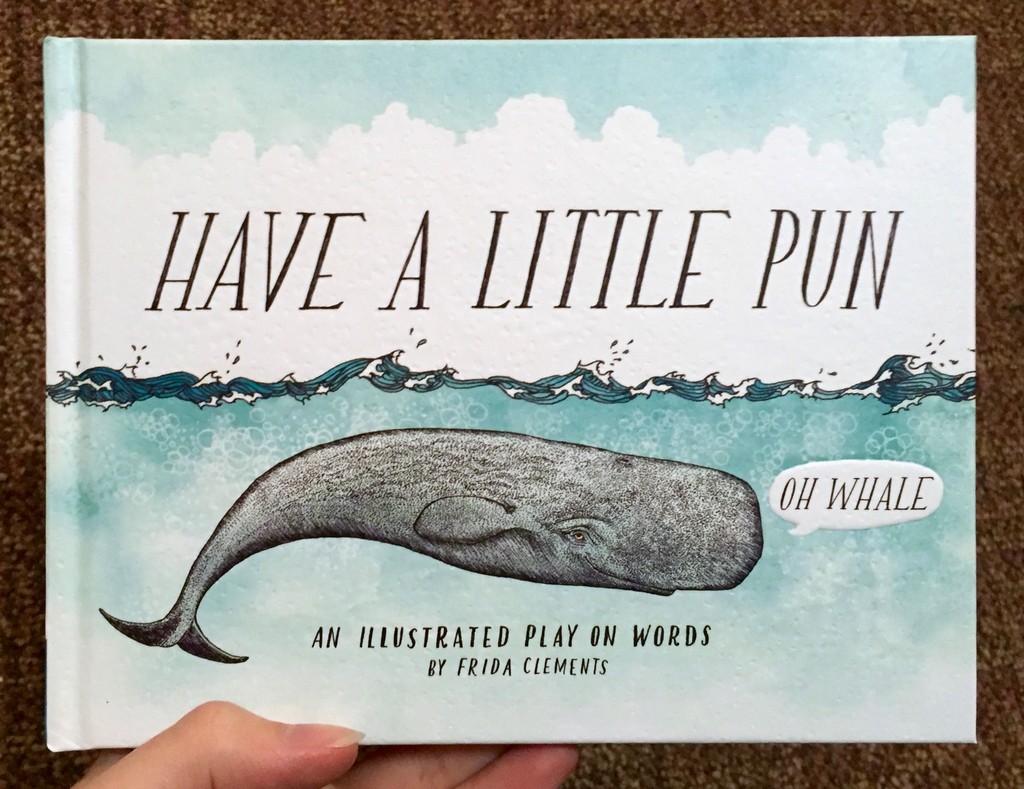Playing with words can be fun and clever. It adds humor and wit to conversations.
Wordplay, or play on words, is a creative way to use language. It involves puns, jokes, and double meanings. Wordplay can make communication more engaging and entertaining. It often brings a smile or a laugh. In literature, wordplay adds depth and layers of meaning.
In everyday life, it can lighten the mood and make interactions memorable. Whether spoken or written, wordplay showcases the beauty and flexibility of language. It is a tool anyone can use to add a spark to their words. So, let’s dive into the art of playing with words and explore its charm!
Introduction To Witty Wordplay
Wordplay is fun and clever. It makes people laugh. It also makes them think. Wordplay is like a puzzle with words. Everyone can enjoy it. Even kids like wordplay. It makes language interesting. People use wordplay in jokes, poems, and songs. It can make simple words sound smart. It adds flavor to language. Wordplay is a great way to learn new words. It is also a way to enjoy old ones. Many people love it.
Shakespeare loved wordplay. He used puns in his plays. For example, in Romeo and Juliet, he made a joke about graves. He said, “Ask for me tomorrow, and you shall find me a grave man.” This joke uses the word “grave” in two ways. Another famous example is from the Bible. It says, “Thou art Peter, and upon this rock I will build my church.” Peter’s name means “rock.” This is a wordplay on his name. Wordplay has been around for a long time. It still makes people smile today.

Credit: microcosmpublishing.com
Types Of Wordplay
Puns are jokes that use words with more than one meaning. They are funny because they play on words that sound alike. For example, “I used to be a baker, but I couldn’t make enough dough.” This joke uses “dough” as both money and bread-making ingredient. Puns make people laugh and think at the same time.
Double entendres are phrases with two meanings. One meaning is often innocent, while the other is more suggestive. For instance, “The farmer allows walkers to cross the field for free, but the bull charges.” This phrase uses “charges” as both an action by the bull and a payment. Double entendres add a clever twist to language.
Techniques For Crafting Puns
Homophones sound the same but have different meanings. For example, “sun” and “son”. These words can make funny puns. Homonyms are words that look the same but mean different things. Like “bat” (the animal) and “bat” (used in sports). Clever use of these words can create great puns. Mixing them up makes people laugh.
Visual puns use pictures to make jokes. A picture of a clock with legs running can show “time flies.” Simple and funny. These puns are easy to understand. They make people smile. Pictures help explain the joke. They are fun to create and share.
Using Double Entendres
Double entendres are words or phrases with two meanings. One meaning is usually obvious. The other is often hidden. This makes them fun and clever. They often rely on subtlety and nuance. These hidden meanings can add humor or deeper insight. Sometimes, they are used in jokes or literature. They can make a story more interesting.
Double entendres often use cultural references. These can be from movies, songs, or popular sayings. They work best if people know the reference. This makes the second meaning clearer. For example, a line from a famous movie might have a hidden joke. Understanding the joke requires knowing the movie. Double entendres can be tricky but rewarding. They show the richness of language.
Incorporating Wordplay In Writing
Wordplay in dialogue makes conversations fun. It can show a character’s wit. Puns and jokes create a light mood. They help to make characters memorable. A character might say, “I’m reading a book on anti-gravity. It’s impossible to put down!” This is a pun. The word “down” has two meanings here. Wordplay can make readers smile.
In narratives, wordplay adds color to the story. It can describe scenes in a fun way. For example, “The knight was bold, but his horse was bolder.” This is a play on words. It makes the sentence interesting. Wordplay grabs the reader’s attention. It keeps them engaged in the story. Using wordplay wisely can enhance your writing. It makes your story unique and enjoyable.

Credit: www.amazon.com
Wordplay In Poetry
Alliteration means starting words with the same sound. For example, “Sally sells seashells.” This makes poems sound musical. Assonance is about repeating vowel sounds. Like, “The rain in Spain stays mainly.” Both techniques give poems a special rhythm. They make poems fun to read and hear.
Rhyme makes the end of words sound the same. Like “cat” and “hat.” Rhythm is the beat of the poem. It can be fast or slow. Together, rhyme and rhythm create a flow. They help readers enjoy the poem more. Many poems use these tricks. They make the poems memorable.
Wordplay In Advertising
Catchy slogans stay in our minds. They help us remember brands. A good slogan is short and sweet. It often uses wordplay. Think of “Just Do It”. Simple yet strong. Puns can make us smile. Rhymes can make us remember. Clever slogans can make ads fun. This is the power of wordplay in advertising.
Brand names matter a lot. A smart name can be memorable. Some brands use puns in their names. Others use alliteration. Think of “Dunkin’ Donuts”. It’s easy to say and remember. A good name can tell a story. It can also show what the brand does. This helps customers know the brand better. Wordplay makes brand names more interesting and catchy.

Credit: mayerlutheran.org
Wordplay In Humor
Stand-up comedy often uses wordplay to make people laugh. Comedians use puns and double entendres. A pun is a joke that plays with the meanings of words. Double entendres have two meanings, one of which is usually funny. These techniques make the audience think. They find humor in the twists of language.
Sitcoms and sketches also use wordplay for laughs. Characters often say funny lines with clever word twists. Writers use homophones, words that sound the same but have different meanings. This creates funny situations. Sitcoms like “Friends” and “The Office” are known for their smart wordplay. Sketch shows like “Saturday Night Live” use word jokes to make scenes more entertaining. Simple jokes can be the funniest.
Challenges Of Wordplay
Wordplay can be hard for non-native speakers. Idioms and puns often don’t translate well. People might not get the joke. This can lead to confusion. It’s best to use simple words. Avoid complex phrases. This helps everyone understand.
Too much wordplay can be annoying. It loses its charm. People might stop paying attention. Use wordplay sparingly. Save it for special moments. This keeps it fun and engaging.
Practicing Wordplay
Practicing wordplay can be fun and educational. Start with daily exercises. These activities help you think creatively. Try making puns or rhymes. Use new words in sentences. Write short poems or silly stories. This keeps your mind sharp.
Play word games and solve puzzles. Crosswords are a great choice. They expand your vocabulary. Scrabble challenges your spelling skills. Word searches are enjoyable and relaxing. These games improve your language abilities. They also make learning enjoyable.
Frequently Asked Questions
What Is A Play On Words?
A play on words is a humorous use of a word with multiple meanings.
How Do Puns Work?
Puns work by exploiting different meanings or similar sounds of words.
Why Are Wordplays Funny?
Wordplays are funny due to their clever twists and double meanings.
Can Wordplays Improve Language Skills?
Yes, wordplays can enhance vocabulary and creativity in language use.
Are Puns And Wordplays The Same?
Puns are a type of wordplay that uses humor through multiple meanings.
How Can I Create A Good Pun?
Combine words with similar sounds or different meanings for a clever twist.
Do All Cultures Use Wordplays?
Yes, many cultures use wordplays, but styles and humor may vary.
Is Wordplay Used In Literature?
Yes, authors use wordplay to add humor and depth to their writing.
Can Wordplays Be Used In Marketing?
Yes, wordplays can make slogans catchy and memorable.
Are There Different Types Of Wordplays?
Yes, types include puns, spoonerisms, and anagrams. Each plays with words differently.
Conclusion
Playing with words can be fun and educational. It stimulates creativity. Wordplay helps improve language skills. It makes communication more engaging and enjoyable. Try incorporating puns, anagrams, and alliterations in daily conversations. Practice regularly to get better. Enjoy the process and have fun with it.
Enhancing your word skills can bring a smile to others. So, start playing with words today. You will see the benefits soon. Happy wordplay!


Comments